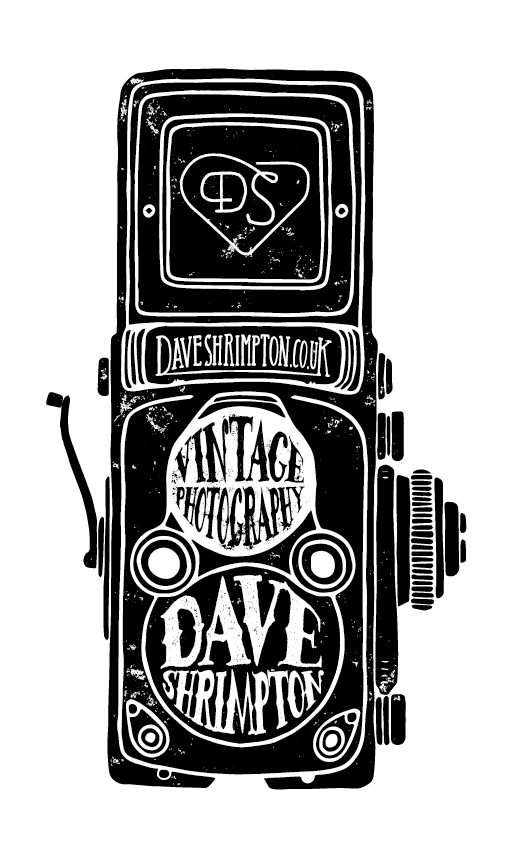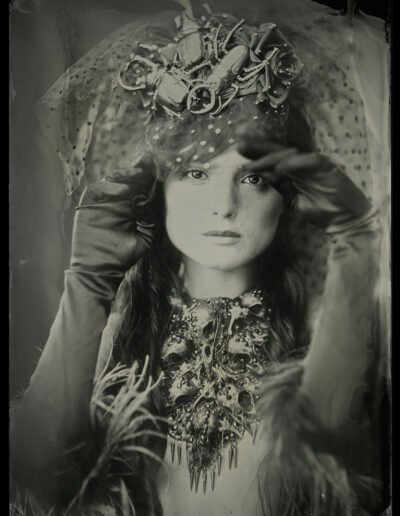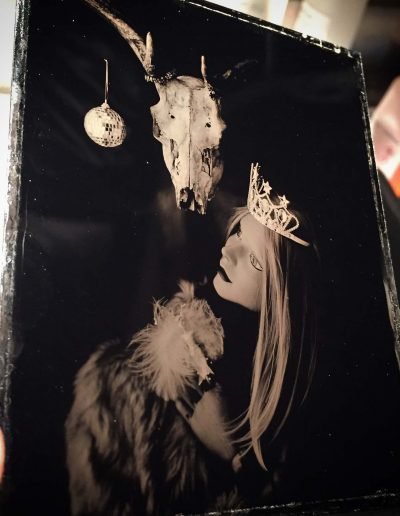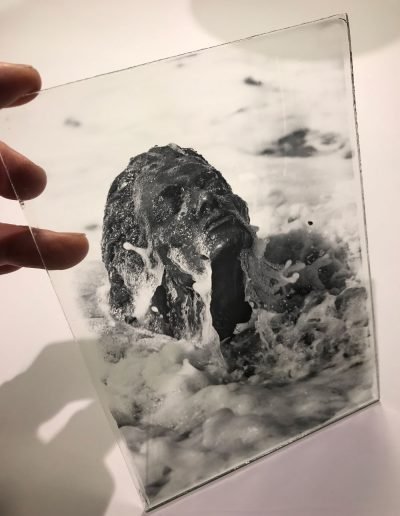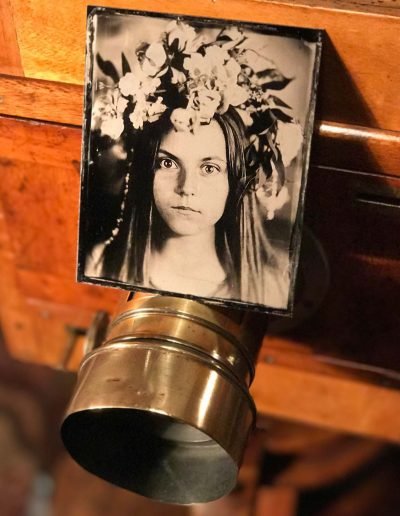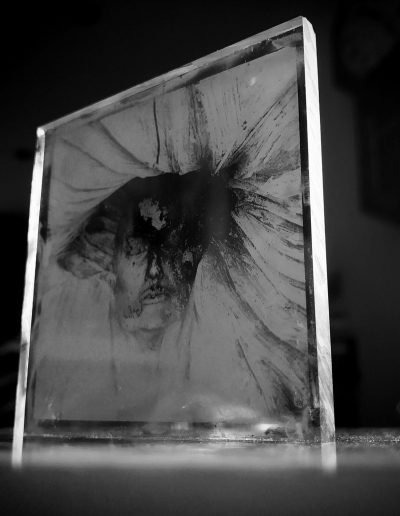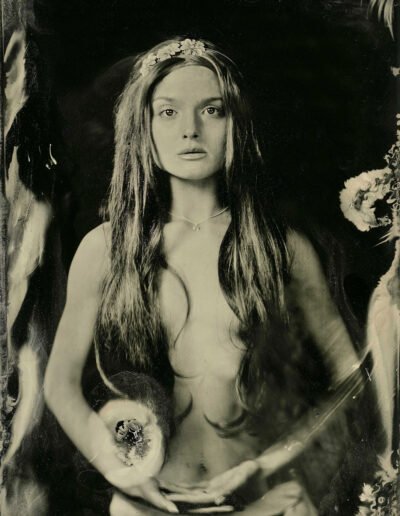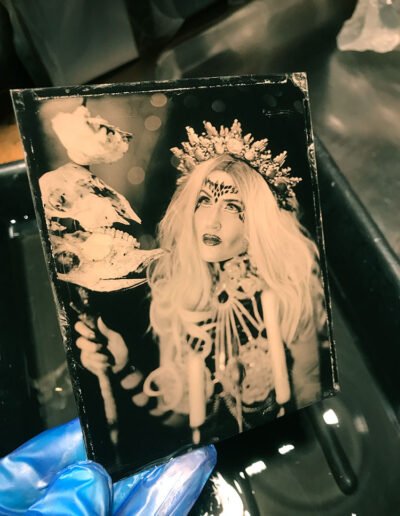Wet Plate Collodion Workshops
Introduction to
Wet Plate Collodion Workshop
Hands on One or Two day workshop in my “Studio of Strange”
Group Workshops
Price per student – maximum 4 minimum 2
One day Workshop – £295
Two day Workshop – £450
121 Workshops
One day Workshop – £395
Two day Workshop – £550
Please contact me for specific requirements
The Studio is located in Bassingbourn, Hertfordshire, SG8 5PH
Closest railway station is “Royston”
Workshop Dates 2025
“Dimbola” workshop Home & Studio of
“Julia Margaret Cameron”
15th – 16th March
Fully Booked
2 day group Workshop
2nd – 3rd October
Fully Booked
1 day Workshop
18th October
Fully Booked
1day Workshop
27th October
Fully Booked
Please use the contact link below to request dates for midweek,
group, 121 and bespoke workshops.
Meet the Cameras & Lenses
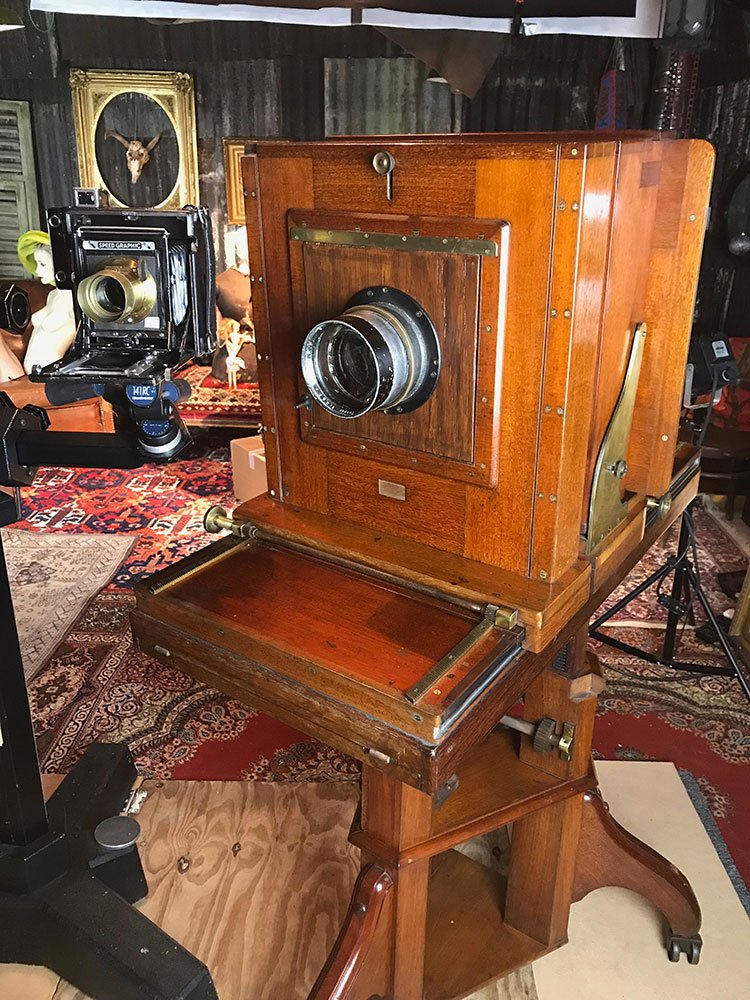
The Mahogany beast
View the world through the 15″x15″ ground glass back in 1894 high definition.
The Mahogany beast is as much a piece of beautifully crafted furniture as it is a camera.
With it’s 6ft bellows extension it really is a unique piece of Victorian art that’s unique for capturing Tin and Ambrotype plates.
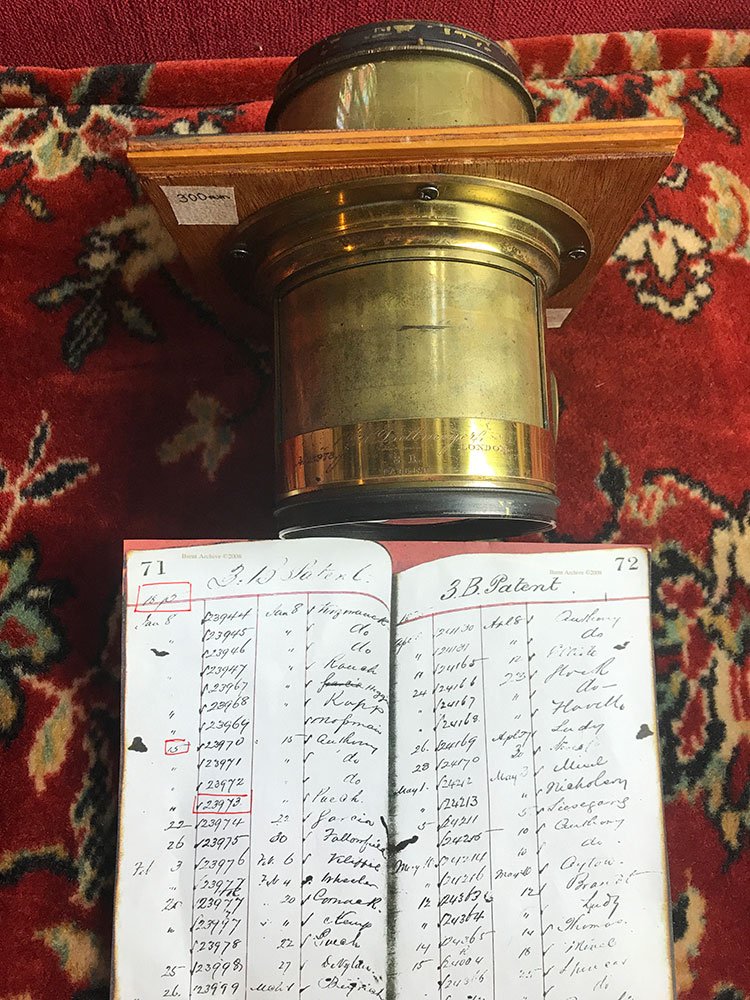
1894 Dalmeyer 3B
One of the most famous Wet Collodion portrait lenses and used for a large proportion of my wet collodion tintype and ambrotypes.
The classic Victorian portrait lens with the beautiful sharp focus and soft drop off.
This lens was sold on January 15th 1894 to a Mr Peach and over 160 years later its still capturing beautiful portraits.

My Workhorse
Your chance to shoot with my work horse 10×8 camera that I’ve used to take so many of my plates over the years with a selection of lenses including the Dalmeyer 3B.
The stand may look like a turn of the century clothes mangle but for wet collodion it is the perfect platform that you’ll find a joy to use as you focus your masterpiece.
Lenses, Collodion, Silver & light

The workshop
- History and original examples of this incredible 1850 Frederick Scott Archer process
- Health/safety information and briefing
- Introduction to my Wet-Plate studio cameras & lenses
- Chemistry and darkroom tuition – pouring and sensitising your plates
- Loading and exposing plates with both studio and natural light
- Developing, fixing and washing your tintype and ambrotype plates
- One or two days creating beautiful portraits and still life in a way that only Wet Collodion can
- A light lunch is included if I can persuade student to leave the studio
- Varnishing/waxing and finishing your plates to make them archival for the next 150 years
- Chemical maintenance and advice on how to start your own Wet Collodion journey
- Plenty of drinks, snacks and excited conversations when students enter the world of Wet Collodion for the first, second or third time in some cases and discover the unique photographic world given to us by “Fredric Scott Archer”
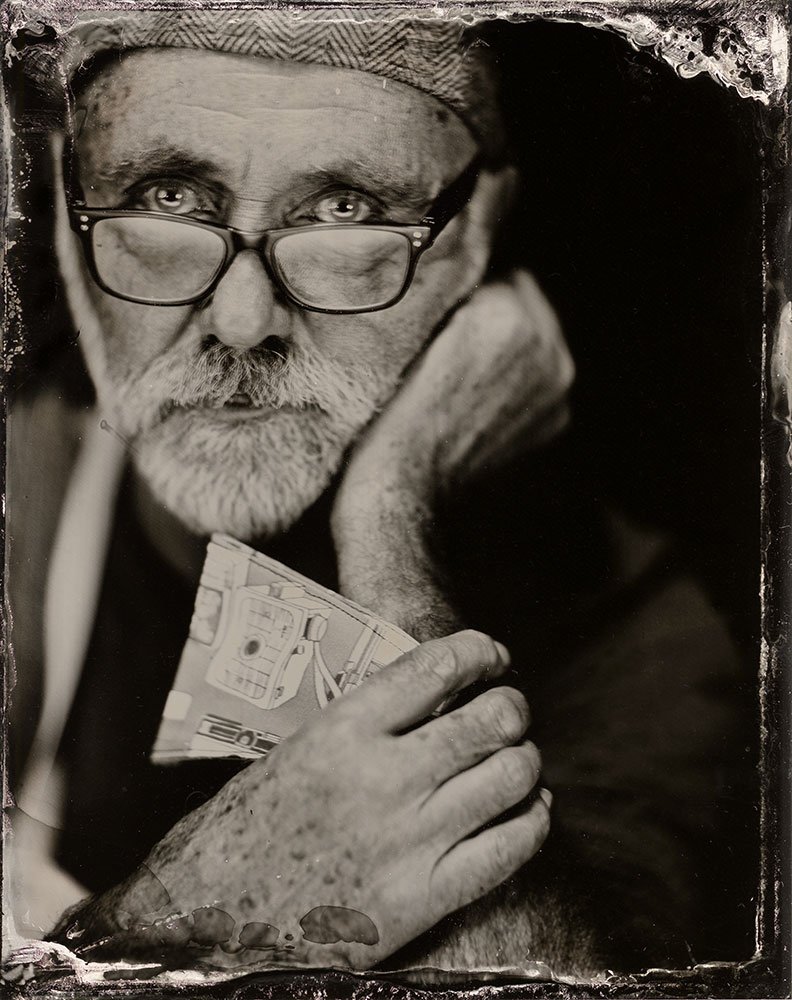
“Wet Collodion”What can I possibly add to the conversation that hasn’t been already beautifully described over the last 170 years
For me, the history is the very beauty of Wet Collodion! That this incredible process has lasted the test of time is a testament to those, like me, who have fallen in love with it and passed it on. We all come to it and find our own special, unique bond. Like most of us, I was completely hooked by the process when my first image appeared through the fog of the fix. It was at that very moment that I realised the photographic possibilities with Wet Collodion were endless. It would enable me to try and capture the dreams and surreal images in my head in a way that only wet collodion can.
And that’s what I love about the process. That we all see success through completely different eyes; some creating beautifully clean controlled plates while others embrace the confusion of chemical imbalance and the anomalies and beauty that come with the Wet Collodion.
I love the fact that, however I try to tame the process with a clean, controlled darkroom and balanced chemistry, this incredible process from 1851 will always decide to play its unpredictable hand in shaping these gorgeous images as they reveal themselves.
Dave Shrimpton
Testimonials
I’ve been fortunate to attend two of Dave’s workshops, those being his “Introduction to Large Format Photography” and later on his “Wet Plate Collodion workshop”, both of them providing richly rewarding and inspiring experiences.
I came to the collodion workshop having never made a plate and with only the middling sort of understanding that comes from watching numerous YouTube videos.
That by the end of the 1-day workshop I was able to make my own plates, with a practical understanding of the process, chemicals, cameras, and nuances of wet plate lighting is a testament to Dave’s hands-on, accessible approach. I left feeling confident in these new found abilities and have since embarked on a wet plate adventure of my own. The workshop is undertaken at a lively pace with an emphasis on learning by doing. Dave is extremely affable and has a wealth of knowledge that he helpfully distils into his workshops, plus his studio and connected darkroom are ideal, warmly welcoming spaces for exploring this historical process while cultivating an inquisitive mindset.
Easily my best photographic workshop experience. Highly recommend.
So far I’ve attended three wet plate collodion workshops run by Dave and as each comes to an end I’m already thinking of ideas for the next.
I’m an experienced portrait photographer who works with digital cameras and occasionally 35mm films for personal projects.
Stepping into the studio and working with all the manual processes, tin plates and the tank of a camera – it requires wheeled support to move, was a revelation to the senses.
What I liked the most was the unique images that I could create at the workshop and the friendly, open atmosphere, which encourages experimentation.
